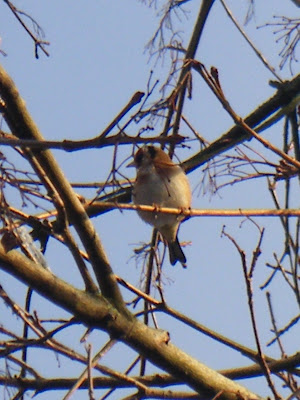 |
| The Garden Snail, Helix aspersa |
With spring approaching fast, thoughts turn to the garden, specifically what vegetables to plant. Lettuces are always a good bet, some nice butterhead and iceberg, as they always get used. The trick is to sow them in a staggered fashion, avoiding them all coming good at the same time and having to find a plethora of lettuce recipes. Thoughts of planting them though also induces mild panic at the prospect of controlling their mollusc pests. One of the greatest of these is the Garden Snail (Helix aspersa, synonym: Cornu aspersum), a generalist herbivore that will also attack other crops as well as ornamentals in the garden (1). With its marbled brown and black shell to maintain, H. aspersa needs to take in a diet rich in calcium and its preferred diet shows plants rich in this mineral (2). Analysis of faecal matter has shown one of the most popular of these to be stinging nettles (Urtica dioica), a plant with a high calcium levels (3).
Areas with poor soil condions results in plants with low calcium levels, so H. aspersa has turn to other sources. Remarkably in 1999 damage to the paint work on houses in parts of Britany in France were shown to be the result of H. aspersa's feeding action (4). Further investigation showed that snails presented with 16 different watercolour paints showed a preference for those with higher calcium content (5).
References:
Areas with poor soil condions results in plants with low calcium levels, so H. aspersa has turn to other sources. Remarkably in 1999 damage to the paint work on houses in parts of Britany in France were shown to be the result of H. aspersa's feeding action (4). Further investigation showed that snails presented with 16 different watercolour paints showed a preference for those with higher calcium content (5).
References:
- Capinera, 2001. Handbook of Vegetable Pests p. 570
- Chevalier et al., 2003. Malacologia 45 pp. 125-132
- Chevalier et al., 2001. Comptes Rendus de l'Académie des Sciences - Series III - Sciences de la Vie 324 pp. 979-98
- Chevalier and Charrier, 1999. Rapport de Contrat pour la SOGEFI p. 42
- Charrier, 1999. Peintures, les escargots attaquent, que choisir pp. 46-47



























